Whether you’re making your way up to the Everest base camp, or summiting a local mountain, high altitude camping and hiking can be an exhilarating experience.
Technically, “high altitude” starts around 8,000 feet since this is where the human body’s saturation level of oxygen in your hemoglobin (a.k.a. your blood-oxygen level) begins to decrease rapidly. And, from 8,000 feet and up, the effects of “altitude sickness” can be felt.
If it’s your first time, or even your fiftieth time camping or hiking at high elevation, there are a few essential tips that you need to follow. These tips will help to keep you safe and prepared for anything and everything you’ll likely face while on the mountain.
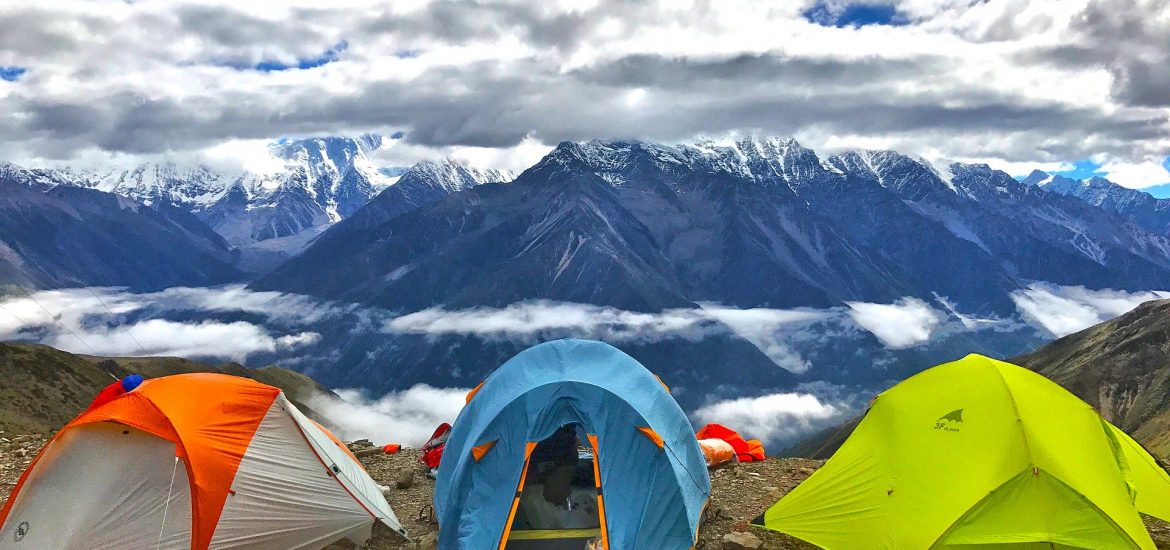
1. Acclimate to Prevent Altitude Sickness
What is Altitude Sickness?
Altitude sickness begins to come on when you hit about 8,000 feet, especially when you do it too fast. That means you can safely live in the mile-high city of Denver, but heading up into the mountains can be tricky. With cars and roads that get us to the tops of peaks so quickly, this is an all-too-common cause of altitude sickness.
Altitude sickness will start with similar feelings as a hangover. For the better behaved of us, that means dizziness, nausea, and muscle aches.
There can also be issues with sleep, vomiting, and a loss of energy. While these symptoms that come on at first can be mild, they should not be ignored.
Altitude sickness that goes on for too long can result in high-altitude pulmonary edema, or high-altitude cerebral edema. Respectfully, that means a build-up of fluid in the lungs or brain.
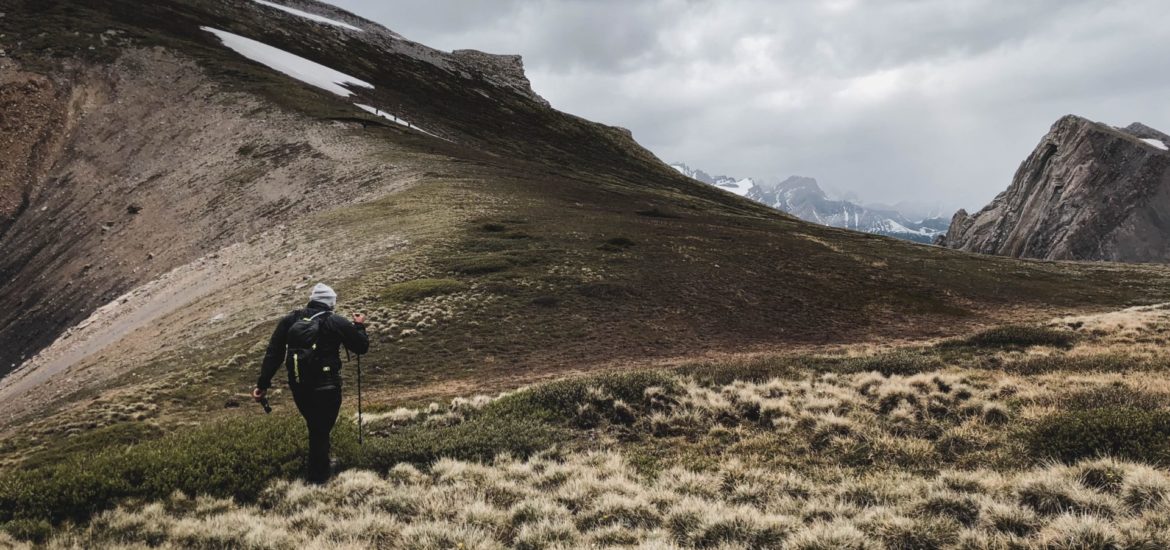
How Do You Prevent and Treat Altitude Sickness?
The fortunate thing is, preventing altitude sickness is fairly easy.
By taking the time to acclimate to the high altitude, you can slowly make your way up and get your body used to the lower pressure in the air and the way it affects the body.
For example, if you are hoping to hike a fourteener (a 14,000 foot mountain) in Colorado, it would be wise to spend two days at a higher elevation city like Leadville (10,151 feet).
If you don’t have the time to acclimate, you can treat altitude sickness with over-the-counter medications. For more moderate cases, these medications may not be any help and you’ll simply need to go back down.
Ask any experienced mountaineer and they’ll tell you that, while it is unfortunate, the best way to treat altitude sickness is to turn back around and head down. Descending the mountain will allow your body to start recovering from any symptoms you’ll be suffering from.
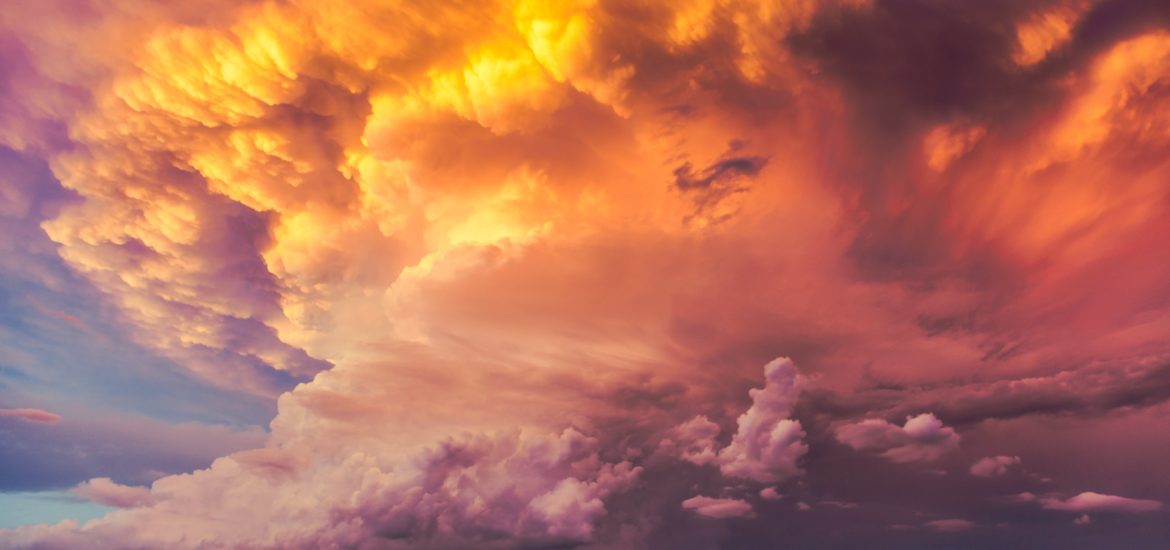
2. High Altitude Weather Can Be Unpredictable
Temperature Drop with Altitude
High altitude camping and hiking puts you right into the midst of some incredibly unpredictable weather that can become incredibly dangerous. A clear sunny day can quickly turn nasty, especially if you’re high up on an exposed mountain range.
For starters, every 100 meters you climb, the temperature will drop by 1 degree Celsius. Climbing to high peaks will make everything get colder a whole lot faster.
Wind, Lightning & Ice Pellets
Not only will the temperature drop, high winds come on strongly at altitude. This makes it feel even colder, and can be dangerous when around any trees or in a dusty area.
The high altitude is also a breeding ground for lightning storms that can often come along with ice pellets raining down on you.
Wear Layers of Clothing
So, if you’re going high elevation camping and hiking, you’ll need to take all of the different weather into consideration. As I’ve just said, it’s highly unpredictable so you may not ever know what’s coming.
Bring the right clothing layers to keep you warm and help you stay dry any time you go up into the mountains.
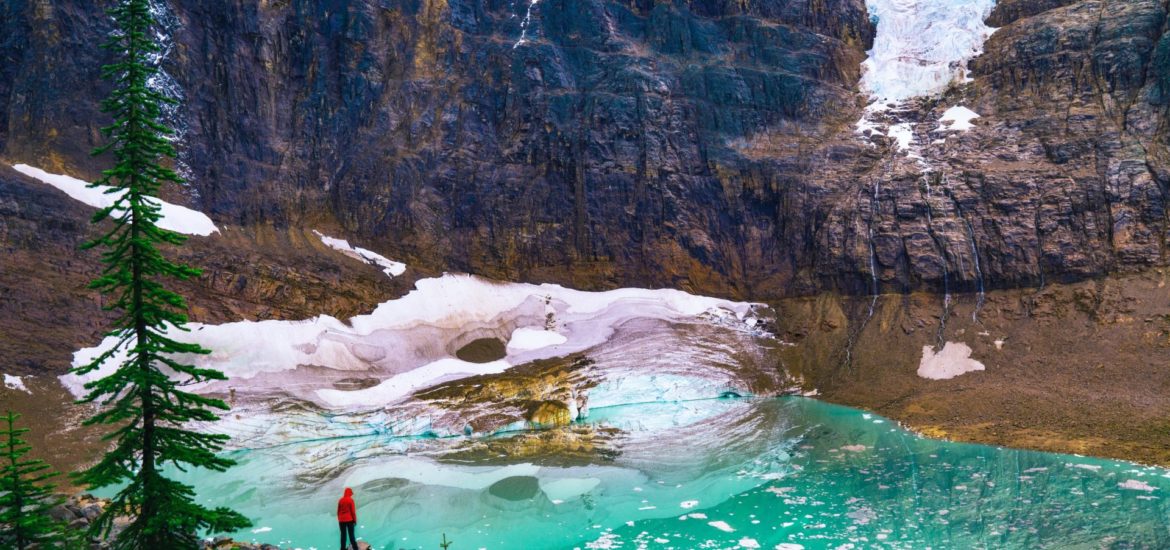
3. Access to Clean Water May be Limited
Most streams and rivers that you find while hiking through the forest have to start somewhere. That somewhere is often miles away, high up in the mountains.
Often, that water is underground as a spring or groundwater. Underground water is pretty difficult to access when you’re heading up into the land where water begins.
Filtering and Purifying Water
There are a couple ways that you can sneak around the limited access to water. Runoff water is an easy option that you can find if it has been raining heavily.
- It’s important to remember that this water hasn’t made its way down the mountain, but it still needs to be filtered.
Bring a filter, purification tablets, or your favorite other method of water treatment up with you.
Can You Eat Snow?
It is relatively safe to eat snow most of the time [Reference]. If you really need to, you can melt it down with your stove. Typically, this is a long and arduous process, but it works if you have enough stove fuel.
Just beware of the yellow, and other multi-colored snowpacks from wild animals, algae, and other particulates.
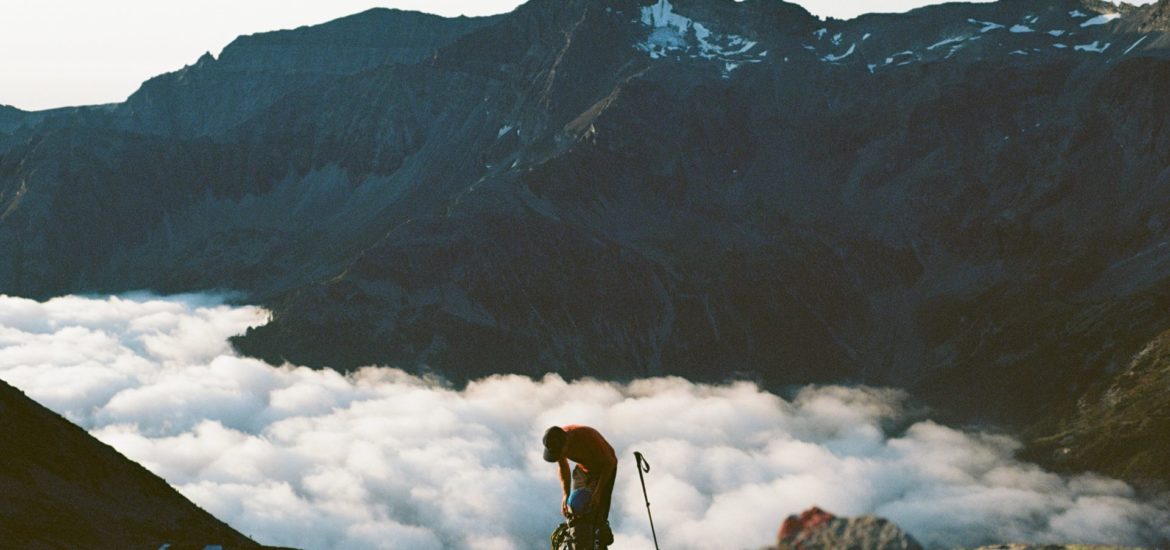
4. What to do When Nature Calls?
One thing that most people don’t tell you when they describe the most recent mountain they climbed, is how much more you have to pee and poop at high elevation. The altitude naturally forces this upon you, and when you’ve got to go, you’ve got to go…
Unlike in the forests filled with decomposers, and other plant and animal life, at high altitude, you barely have soil.
You can’t bury your poop at the proper six-inch depth and call it good. For high altitude camping and hiking, you need to bring your poop with you wherever you go.
That means bringing a baggy along with you and stashing it and hauling it all down the mountain.
There’s Leave No Trace at its finest for ya!
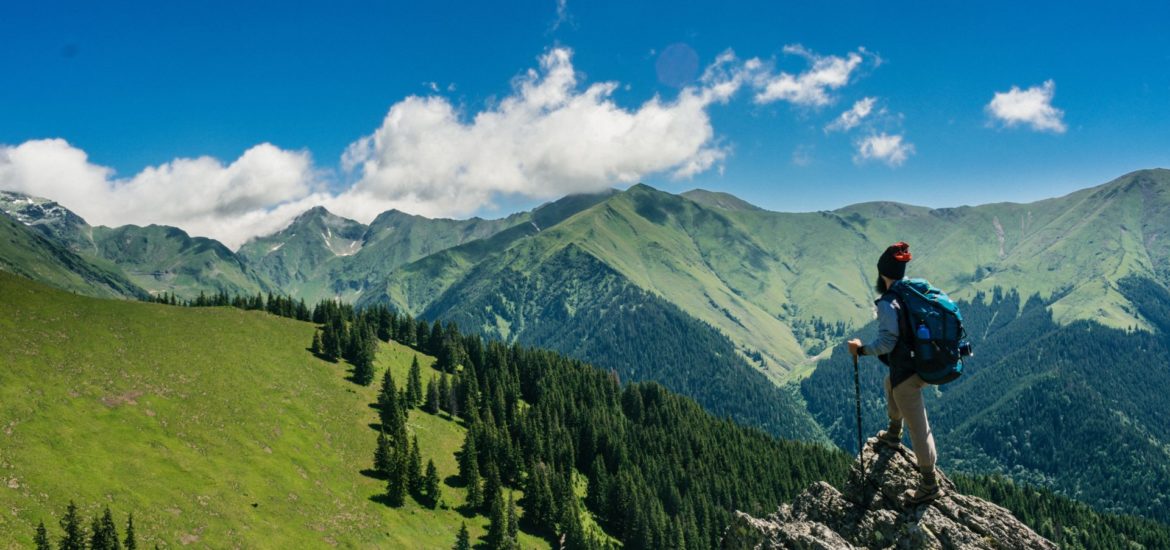
5. Trees Stop Growing at High Altitude
Heading into high altitude means watching the trees slowly dissipate and vanish from eyesight. Trees don’t like the high winds and rocky soil (or lack of soil).
This means that you are looking at a very limited supply of firewood if you are relying on a campfire for warmth or for cooking.
The air density at high elevations also can be insufficient to feed a fire properly. So, even if you do find the firewood, you’re unlikely to be able to burn it.
The lack of trees also means you need to be aware of your camping style. Hammock camping is no longer an option unless you are also hauling up a metal stand to set the hammock up on, which I don’t recommend.
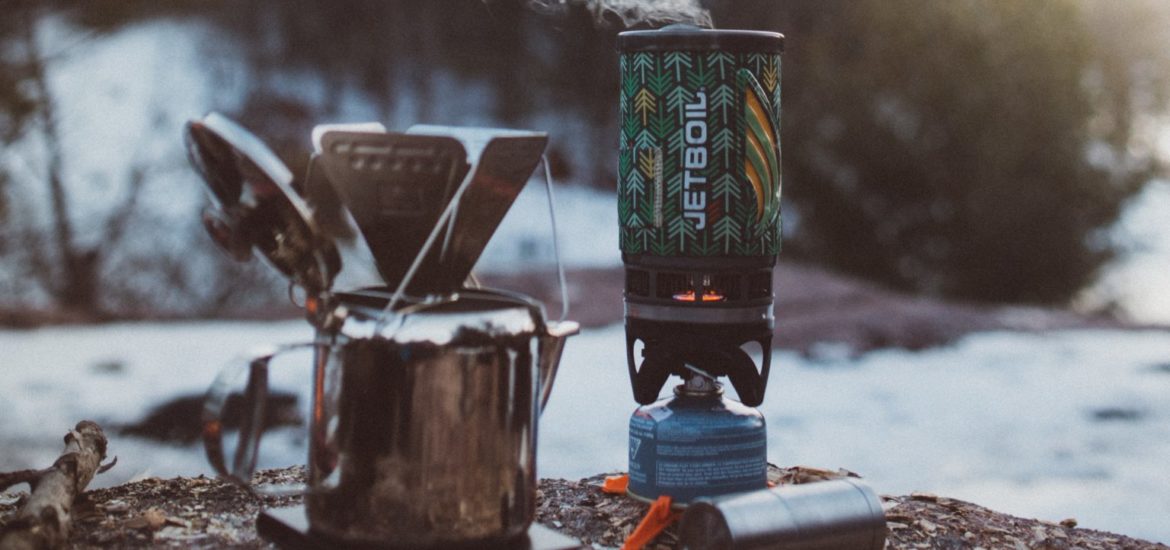
6. Cooking at High Altitude
Cooking at high altitude can be a tricky game to play. Without the proper preparation, it can become dangerous and you can run out of gas, or have the wrong kind of stove.
Gas vs. Liquid Stove
For starters, the lower ambient pressure and temperatures mean that gas canister stoves are unlikely to work well, or at all.
A white gas stove is one of the best options for high elevation camping and hiking because you pressurize the canister yourself and can accommodate for the low ambient pressure.
Boiling Water
Next, because of the pressure on the water you are boiling, the water will begin to boil at a lower temperature. This sounds like great news right?
Water boiling at a lower temperature means less gas use, but it also means you are now cooking at a lower temperature, and needing to cook for a longer time.
Cooking Time
Make the proper adjustments and boil your food for a longer period of time at high altitude. Add about a minute for every 1,000 feet that you go upwards and your food will come out perfectly cooked.

7. Beware of Rock Falls, Rock Slides, Avalanches
The lack of soil and trees means that the ground is significantly less stable than the ground you may be used to walking on.
Unstable ground can result in rock falls and rock slides all around you. These can happen with as small of triggers as you walk nearby, and can have a huge impact on the trail.
Altitude also often means hiking in avalanche terrain. But, hiking in avalanche terrain can be a rather safe activity if you know what you are doing.
I highly recommend taking an AIARE Level One rescue course if you are interested in, or experienced in, hiking and camping at elevation. These skills can easily save your life, or that of the person you are hiking with.
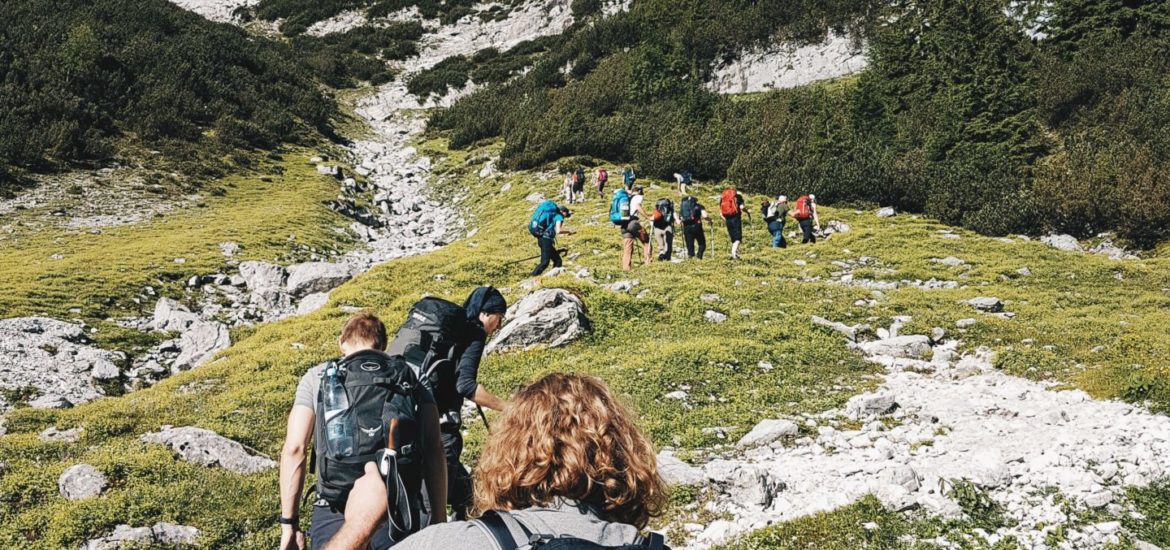
8. Following Unmarked Trails Can Be Dangerous
Typically, when you are hiking at high altitude, trail finding can be pretty easy. The trails are well-trod and cut deep into the ground, making them hard to miss.
Unfortunately, just like in all of the forests that are hiked often, there are many trails that are unmarked and created by users who decide to take a shortcut. This isn’t always the case, as game trails are also frequently found at higher elevations.
Following unmarked trails is strongly advised against. You have no idea who made that trail, or where it leads. Unmarked trails can lead towards cliff sides that you aren’t expecting, or back to an animal’s den that you don’t want to intrude upon.
Not only can you stumble upon things you don’t want to encounter, you can easily get lost while following unmarked trails.
High elevation can often have a very limited number of landmarks to find your way around, and taking the wrong trail could result in getting completely turned around.

9. Take Extra UV and Sun Protection
Naturally, as you hike upwards, you are hiking closer and closer to the sun. It can seem silly that hiking a few thousand feet higher will end up with worse sunburns, but it isn’t only about the proximity to the sun.
If you are hiking and camping at high elevation, you may be above the cloud cover and lack that natural protection from the sun. Summiting high peaks will often take you to spots that are far above the clouds, and completely exposed.
The snow that you have been hiking on also does you a disservice. The sunlight reflects off of the snow and can become amplified in the way it hits your skin.
Here’s your real pro-tip for the day – don’t forget to put sunscreen on the underside of your nose. The rays bounce straight up and make blowing your nose incredibly uncomfortable for a week after hiking.
This article contains affiliate links, which help support this blog at no cost to you!
